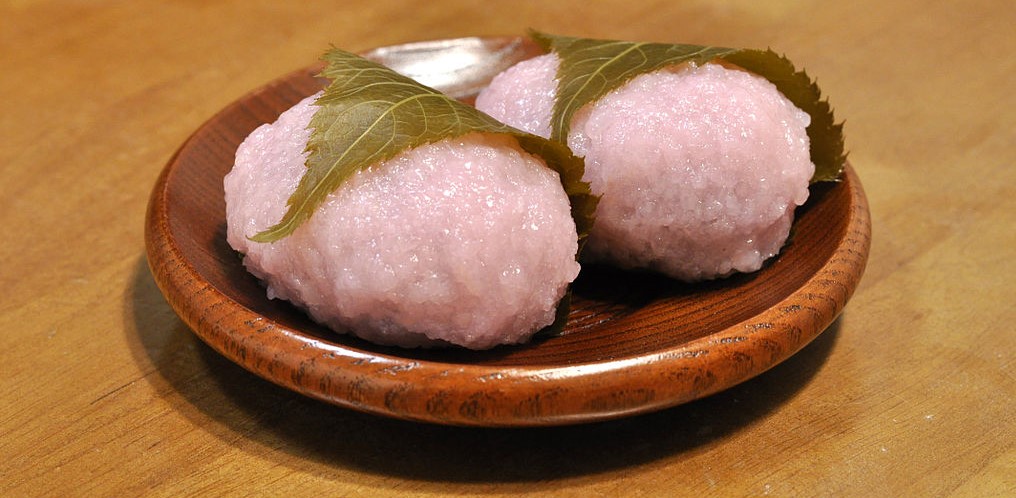What Do People Do on Hinamatsuri?

Families gather for Hinamatsuri to celebrate and pray for the happiness and healthy growth of the girls in the family. Of course, families will also display their Hinamatsuri dolls in their home. Most families take their dolls out of the closet around mid-February and put them away again as soon as Hinamatsuri is over. There is an old superstition that girls from families that are slow in putting away the dolls will have trouble in their future relationships. Along with displaying the dolls, one common tradition is to take a photo of the daughter next to the doll display every year on March 3. This is usually done until the girl turns twenty years old, when she is formally considered to have entered adulthood.
Families will indulge themselves in delicious traditional Japanese foods such as chirashizushi (vinegared rice topped with vegetables, eggs, and raw seafood) and hamaguri ushio-jiru (clear clam soup). For dessert, sakura mochi (sweet rice cake) is very popular. Crackers, cookies, and candies are also eaten. Some doll displays incorporate these foods, with miniature bowls for rice and soup and artificial pink and white cakes.
Celebratory songs are also sung on this day. The most common song is Ureshii Hina Matsuri which translates to “Happy Hinamatsuri.” The English translation of this short song is included below:
Happy Hinamatsuri
Let’s light the lanterns
Let’s set peach flowers
Five court musicians are playing flutes and drums
Today is a joyful Doll’s Day

